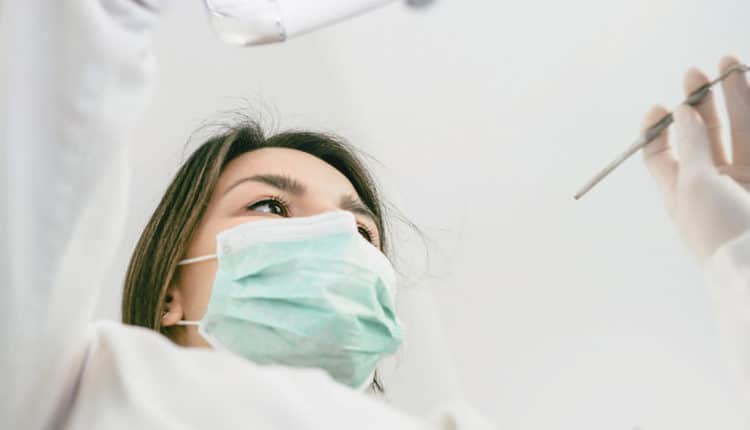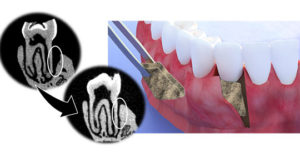
Is a New Class of Membranes a Viable Solution for Periodontitis?
UCLA investigators have been developing a membrane that may provide more effective outcomes for patients with periodontitis.
A team of UCLA researchers has developed a new class of membranes that not only promotes gingival tissue but also stimulates bone regeneration. This development may lead to more effective and reliable therapy for periodontal disease.
Published in ACS Nano, the study, “Hierarchically Patterned Polydopamine-Containing Membranes for Periodontal Tissue Engineering,” found the membrane’s biological and mechanical features can be adjusted based on treatment needs, while also protecting the site from further infection and promoting bone regeneration.
Because guided tissue regeneration is unreliable (chiefly due to the membrane’s inability to maintain its structure and stability when placed in the mouth), UCLA investigators have been developing a membrane that may provide more effective outcomes for patients with periodontitis. Currently, patients often require additional surgeries to remove or replace nonbiodegradable membranes, which compromises the healing process.

To create a more reliable film that also provides prolonged drug delivery and growth factor to infected tissue, the team started with an US Food and Drug Administration-approved polymer. Investigators used electrospinning to bond the polymer with a polydopamine coating that has excellent adhesive properties and promotes remineralization of hydroxyapatite. Metal mesh templates were used in conjunction with electrospinning to create various patterns to improve the membrane’s surface and structural characteristics.
Additionally, researchers determined how to turn the degradation rates up or down by either adding or subtracting different oxidative agents, or using lighter polymer bases prior to the electrospinning process. This development allowed researchers to control the timing of drug delivery to desired areas.
Using a rat model, the team injected subjects with gingival-derived human stem cells and human periodontal ligament stem cells. After eight weeks, when compared to models with no membrane or a membrane with no coating, the patterned, polydopamine-coated polymer membrane had higher levels of bone gain, according to researchers.
“We’ve determined that our membranes were able to slow down periodontal infection, promote bone and tissue regeneration, and stay in place long enough to prolong the delivery of useful drugs,” says Alireza Moshaverinia, DDS, MS, PhD, FACP, an assistant professor of prosthodontics at the UCLA School of Dentistry. “We see this application expanding beyond periodontitis treatment to other areas needing expedited wound healing and prolonged drug delivery therapeutics.”
Researchers now plan to evaluate whether the membranes can deliver cells with growth factors in the presence or absence of stem cells.
Test your knowledge on periodontal management at: https://dimensionsofdentalhygiene.com/how-much-you-know-periodontal-disease-management/

